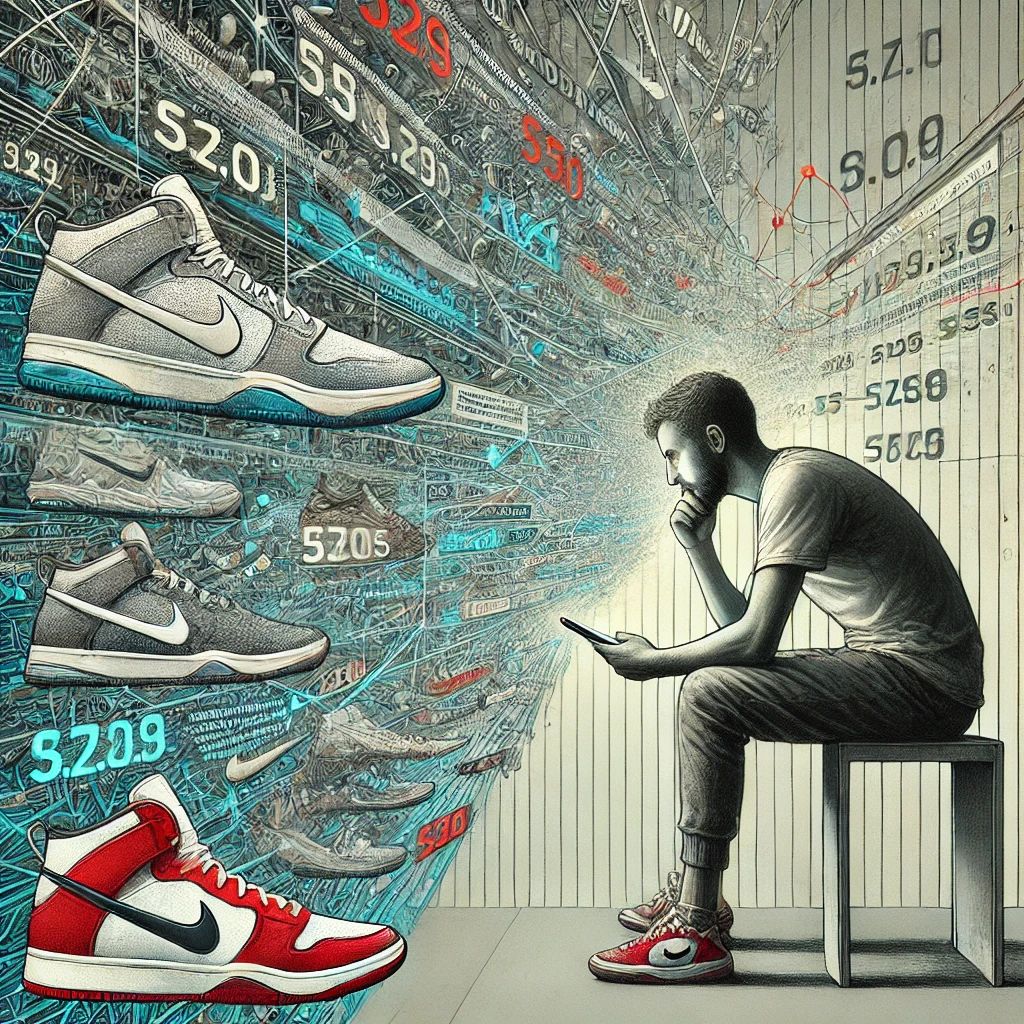How Convenience Became a Trap
In the early days of the internet, when the novelty of dialing into cyberspace was enough to fill us with awe, the promise of “free” felt like a revolution. Free email, free messaging, free search tools—it was as though the world had suddenly decided that knowledge, connection, and efficiency would be available to everyone, democratized through technology. We accepted these gifts without hesitation, trusting that they were benevolent offerings from forward-thinking pioneers who wanted to change the world for the better.
But “free” is rarely free. What began as a convenience has become a dependency. And what we thought was a gift turned out to be a transaction—one we never fully understood. Today, many people are waking up to the realization that the tools they rely on have subtly but inexorably been turned against them, extracting value in ways they never imagined.
The Cost of Convenience
Imagine a family, let’s call them the Smarts. The Smarts live a busy life, juggling work, school, kids sports, and grocery shopping. Years ago, they signed up for a free service that helps them stay connected—chatting with friends, sharing photos, and planning their lives with ease. Over time, they expanded their use of this service: a shared calendar to organize their days, a cloud storage system for family photos, and even a virtual assistant to remind them to pick up milk on the way home.
For years, the Smarts marveled at how seamless it all was. Every photo they took was automatically uploaded and organized. Every appointment synced perfectly. But they began to notice something strange: ads for soccer cleats popped up right after they texted about practice. Offers for ski vacations appeared after they planned a winter trip. Their teenage daughter once casually mentioned wanting a new bike, and suddenly every corner of their digital world was plastered with ads for bicycles.
This wasn’t magic. It was data. Every search query, every shared photo, every voice command whispered to their virtual assistant—it was all meticulously tracked, analyzed, and repurposed. The Smarts weren’t customers. They were products. Their habits, interests, and even vulnerabilities were cataloged and sold to the highest bidder.
The Trap of Default Settings
Most people, like the Smarts, don’t spend hours combing through privacy settings or reading lengthy terms and conditions. When the Smarts signed up for their favourite tools, they clicked “accept” without hesitation, eager to move past the fine print and get started. And why wouldn’t they? The default settings seemed fine. Who has the time or expertise to second-guess them?
But those defaults were not neutral. They were carefully designed to extract as much data as possible. The free calendar app tracked not just the Smarts’ events but also their locations. The family’s photo-sharing platform scanned their pictures to identify faces, places, and even brand logos in the background. Even their voice assistant recorded snippets of their conversations, ostensibly to “improve performance,” but in reality, to feed a vast machine learning system.
The Smarts assumed these tools were there to help them, but in truth, they were there to harvest them.
The Comfort of Habits
There’s a reason people rarely question these systems. They’re remarkably good at making themselves indispensable. Over time, the Smarts became so accustomed to their tools that the thought of switching felt insurmountable. Could they really convince their friends and family to use a different messaging app? Could they find a new photo storage system that wouldn’t lose years of memories? Could they even navigate their day without the guiding hand of their virtual assistant?
The ecosystem had become their infrastructure. Everything was connected, and leaving would mean unraveling the threads of their lives. They weren’t just users; they were captives.
The Day They Realized
The Smarts didn’t think much about any of this until the day their daughter, a primary schooler, started taking an unhealthy obsession with buying cosmetics. One day, she received an email—“Congratulations on your free prize!” The family celebrated, but the parents were confused. She hadn’t applied for this prize. It turned out to be a scam, but the details were chillingly specific. The scammers knew everything.
Somehow, this information had leaked. Maybe it was a harmless quiz she took online. Maybe it was a free homework app that tracked more than it claimed. Or maybe it was just the combined weight of years of passive data collection—scraps of information pieced together into a shockingly complete profile.
The Smarts felt betrayed. They thought they had been careful. But the reality was stark: they had traded control of their lives for convenience, and now they were paying the price.
The Rise of the Machines
What the Smarts didn’t yet realize was that the battle was only just beginning. For years, the companies behind their favorite tools had relied on algorithms to track and analyze their behavior. But now, those algorithms had evolved into something far more powerful: machine learning and artificial intelligence.
AI didn’t just watch anymore. It predicted. It influenced. It nudged. It learned what made the Smarts hesitate and what made them click. It figured out when they were vulnerable—tired after a long day, feeling inadequate after scrolling through carefully curated photos of other families—and targeted them with ads and suggestions that exploited those moments.
The Smarts were no longer just being observed; they were being manipulated. And the stakes were higher than ever. These systems weren’t just about selling soccer cleats or vacation packages. They were shaping opinions, steering decisions, and consolidating power in ways that were invisible but deeply consequential.
A Growing Resistance
Across the world, people are beginning to wake up to this reality. They are questioning the systems they once trusted, demanding transparency and accountability. Some are switching to alternative tools that promise privacy and ethical practices, even if they come with a price tag. Others are pushing for stronger regulations to rein in the unchecked power of these technologies.
But the fight is daunting. The companies behind these systems have amassed unimaginable resources, and their AI-driven tools are designed to stay one step ahead. They anticipate resistance, adapting their tactics to keep users hooked. The Smarts, like many families, find themselves in a battle they didn’t sign up for—one that pits convenience against control, comfort against freedom.
The Choice Ahead
The illusion of “free” has cost us more than we realize. It has reshaped our relationships, our habits, and even our sense of agency. But the story isn’t over. The Smarts are learning that they have power—not to dismantle these systems overnight, but to make conscious choices. They are starting to question, to push back, to demand better.
The question for the rest of us is simple: will we do the same? Or will we continue to trade our autonomy for convenience, letting the most powerful tools in history serve the interests of a few at the expense of the many?
The battle is not yet lost. But it will require vigilance, determination, and a willingness to see through the comforting facade of “free.” Only then can we begin to reclaim what was quietly taken from us—and shape a future where technology serves humanity, not the other way around.









